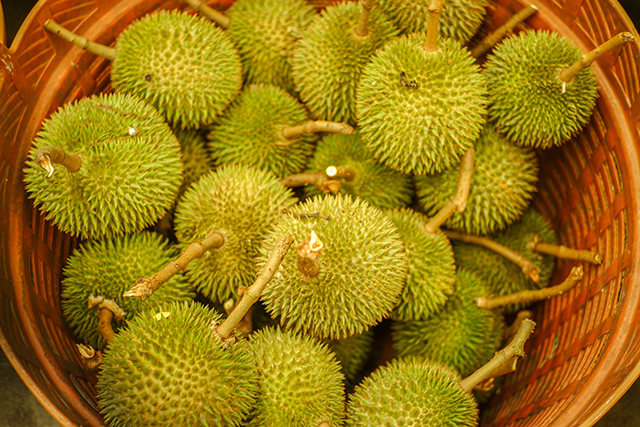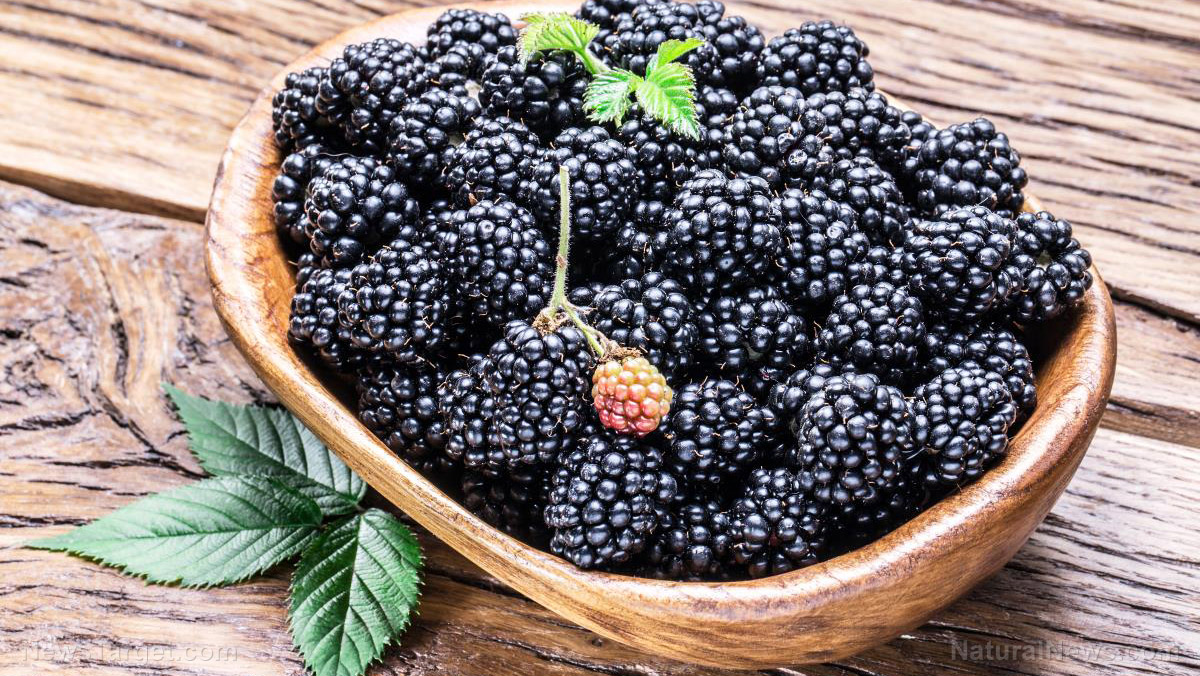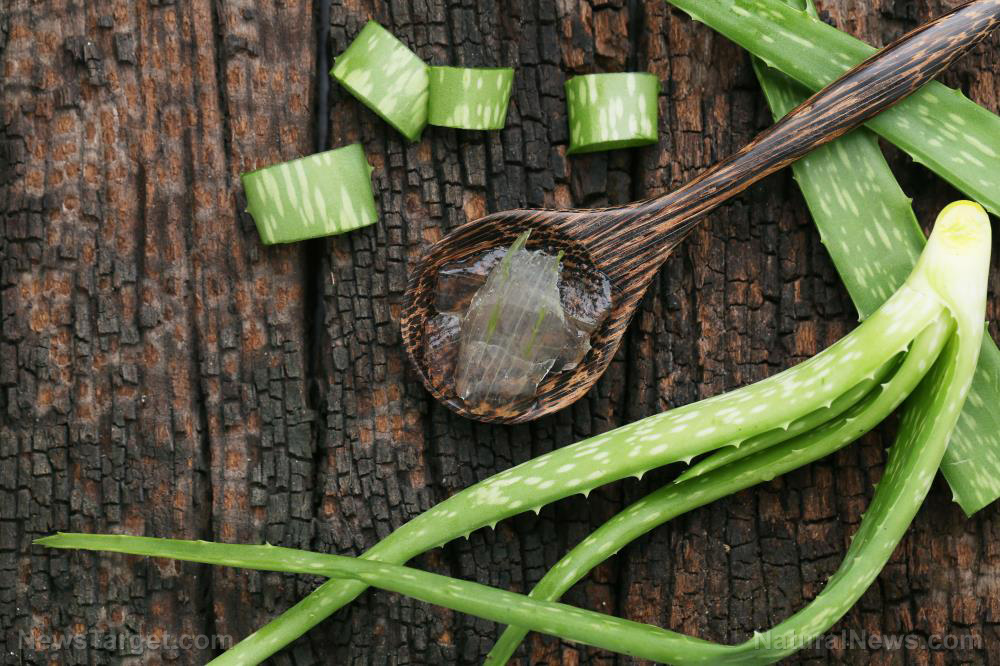The odd durian “superfruit” requires bats for pollination
03/11/2018 / By Zoey Sky

The durian is a divisive fruit, but a recent study has revealed that the “King of Fruits” may need help from a threatened species of bats. According to the findings, flying foxes, bats in the Pteropus and Acerodon genus – the largest in the world – could be crucial pollinators for durian.
The durian fruit is either famous or infamous, depending on who you ask. Those who love the fruit can’t get enough of its flavor while those who hate it become nauseous just by smelling it. Durian has a potent odor, and it is often banned on public transport.
Sheema Abdul Aziz was the lead researcher for the project, which was done as part of her Ph.D. at the Muséum National d’Histoire Naturelle in France. She explains that while it was already a known fact that flying foxes feed on durian flowers, not even researchers are sure if the bats destroy the flowers in the process.
Aziz adds, “It doesn’t help that a durian flower only blooms for one night, then falls off the tree naturally, regardless of whether it’s been pollinated or not. When people see all the flowers on the ground in the morning, they think it’s the bats.”
But thanks to footage from camera traps Aziz and her colleagues set up in durian trees on Tioman Island, which can be found off the coast of peninsular Malaysia, we now know the answer to this dilemma. The footage showed an Island flying fox hanging upside down over the durian flowers, and the bat can be seen bowing down its long snout into the blossoms. The winged mammal then lapped up the nectar while leaving the flower intact.
Aziz explains that the video footage is proof that the flying foxes feed delicately. It also showed that the durian flowers are actually tougher than expected. She is also the founder and president of Rimba, a local NGO committed to sharing hard science out to the government and the public.
The study also determined that there could be other pollinators for the durian aside from flying foxes. Aziz states that other species, even smaller ones, have been sighted pollinating the fruit in other Asian countries. But she adds that some bats are better at pollinating than others, especially depending on the plant species.
A threat to flying foxes
However, like other species in the region, flying foxes are facing various dangers. Aziz reports that they are often hunted and killed as pests in Southeast Asia. The flying fox is also killed for their meat and they are used as ingredients in traditional medicine.
Another danger is deforestation. Southeast Asia has some of the highest deforestation rates worldwide.
Farmers usually kill huge groups of flying foxes, and this will affect durian production. They need to know that bat conservation is a priority for the commercial durian industry.
Aziz does acknowledge that the matter can be tricky to resolve since flying foxes and other bats are also known to damage some fruit crops. Experts will have to develop mitigation efforts that will protect particular crops from the bat without killing them.
Aziz is also determined to change the stigma surrounding bats, which are often seen as scary or the cause of disease. She concluded, “Flying foxes could be doing all kinds of pollinating jobs that we’re not aware of, just because we haven’t thought to look into it, or because we simply ruled them out without investigating it properly.”
The benefits of the durian fruit
Unlike other more popular fruits like apples or bananas, people aren’t always keen on the durian. However, this unusual fruit does have several benefits. (Related: Incredibly Nutritious Fruit – Durian.)
- It’s a digestive aid – Durian is rich in dietary fiber, and it can keep you feeling full for a long time. Eat this fruit for healthy bowel movements and to stimulate the secretion of digestive juices. Durian will prevent bloating, cramps, heartburn, and indigestion.
- It’s good for your blood pressure and cardiovascular health – Durian is full of potassium, making it good for your cardiovascular system. This fruit can also help relax your blood vessels, and it can minimize the overall stress on your cardiovascular system.
- It’s good for insomniac people – Durian contains tryptophan, a chemical that induces feelings of relaxation and happiness. This fruit will help you sleep better and it can even regulate your sleep patterns. Just eat a few durian pieces before going to bed.
You can read more articles about durian and other fascinating fruits at Fruits.news.
Sources include:
Tagged Under: Acerodon, durian, durian flowers, flying fox, flying foxes, food science, fruits, giant bats, pollination, Pteropus, super fruits, superfruit




















